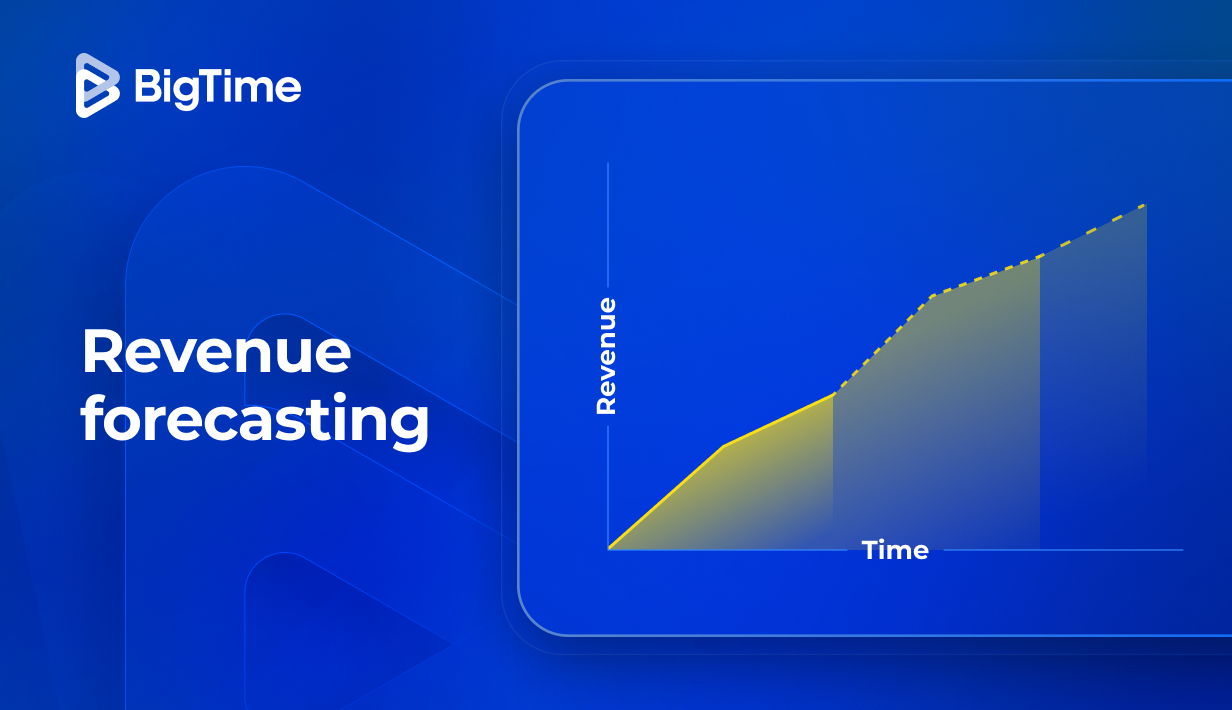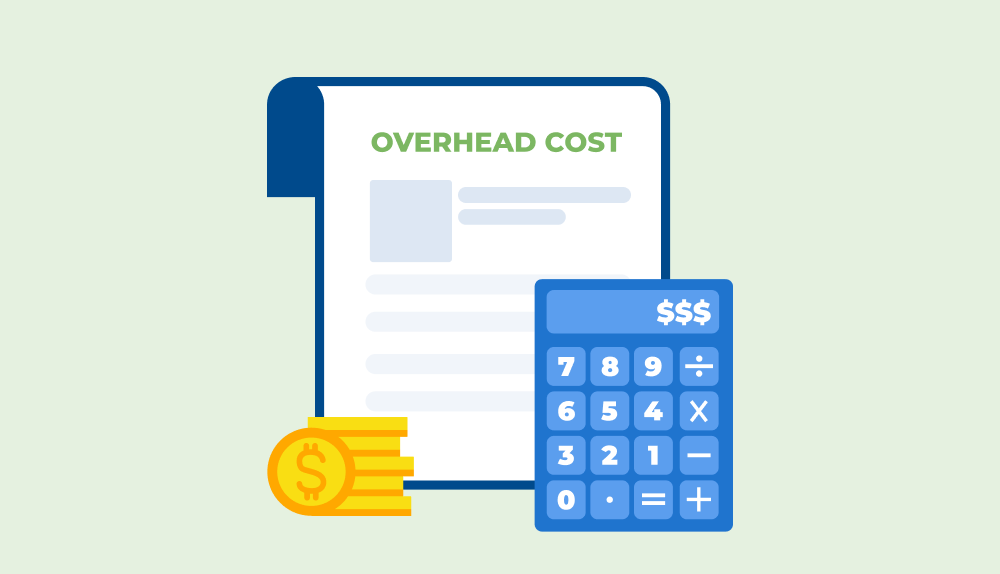Juggling multiple projects at once can feel like spinning plates — one wrong move from any of the project managers and the whole system collapses. Between competing deadlines, limited resources, and high stakeholder expectations, even seasoned managers can struggle without a clear plan. That’s why understanding how to manage multiple projects efficiently is so important.
Below, you’ll find 10 proven strategies for managing multiple projects simultaneously, along with practical insights on how to apply them.
Why managing multiple projects is challenging?
When you’re working on a single project, priorities and deliverables are clear. But when you’re responsible for managing multiple projects at once, things get complicated. That is because in the process you might encounter:
- Competing deadlines – Multiple projects often share similar delivery dates, forcing managers to prioritize one at the expense of another.
- Resource conflicts – A single team member may be assigned to multiple tasks in several projects, leading to overload and burnout.
- Poor visibility – Without a centralized system, it’s easy to lose track of progress, causing delays or missed milestones.
- Stakeholder pressure – Clients and executives expect timely updates, which is hard to provide without clear reporting.
Luckily, these challenges can be overcome with smart strategies and the right tools.
1. Have a single source of truth for all the data
The first step in learning how to manage multiple projects is to centralize your data. Many teams start with spreadsheets, but as soon as the number of projects grows, spreadsheets become error-prone and nearly impossible to maintain. As a result, their multi-project management might quicky fall down like a house of cards due to bad decisions made based on incomplete data.
To avoid this scenario, adopt a project management platform that stores all information—timelines, tasks, budgets, and resource allocations—in one place. A single source of truth eliminates miscommunication and ensures every stakeholder is looking at the same data. This also helps managers quickly spot risks, delays, or budget issues across multiple projects, preventing them from becoming unprofitable.
2. Forecasts project before they begin
When managing a project individually, it is easy to take a sneak peek at its future. Still, when numerous projects come into play, it is sometimes hard to predict how they are going to interact with each other. Project forecasting changes that.
Effective project goes beyond just resource allocation and involves anticipating the scope, timelines, risks, and project margins of every initiative before it starts. Additionally, project forecasting allows managers to evaluate the feasibility of upcoming projects, predict potential conflicts, and align them with organizational goals. By forecasting projects holistically, you can prioritize the right ones, ensure realistic deadlines, and avoid overcommitting the team.

3. Manage expectations early
Projects are not set in stone – they have numerous moving parts intertwined with each other that rarely form a set “To do list”. Project managers are usually aware of this; stakeholders – often not so much.
Still, stakeholders and clients should never be surprised by shifting deadlines or changing priorities, as adjustments to the project scope are fairly common in many industries – from software development to digital marketing. Setting realistic expectations early on helps prevent tension later in the process.
When managing multiple projects with competing deadlines, communicate openly about risks, dependencies, and possible delays. Explain what’s achievable with the available resources. By aligning expectations from the start, you’ll build trust and reduce frustration when unexpected issues arise.
4. Take a closer look at project dependencies
Project dependencies are one of the biggest risks in multi-project environments. These intertwined tasks that simply depend on each others completion are one of the project problems, usually resulting in missed deadlines. In such chains of crucial tasks, a single delay in one task can create a domino effect across multiple timelines.
That’s why it’s critical to map out dependencies early. For example, one project may depend on an API delivered by an external vendor, while another requires approvals from a client. Identifying these connections ensures you can create contingency plans, avoid bottlenecks, and protect critical deadlines.
5. Create a realistic project timeline
When learning how to manage multiple projects at once, timelines are your best friend. A project timeline helps you visualize priorities, deadlines, and dependencies across every initiative, giving you and your team a clear roadmap from start to finish.
The key to creating a project timeline is realism – overly optimistic timelines almost always lead to disappointed stakeholders. Instead, break large projects into smaller, manageable tasks and assign accurate time estimates to each. Focus on identifying the critical path — the sequence of tasks that directly impacts the project’s completion date — and ensure these are prioritized.
Additionally, remember that no team works in isolation, even when it comes to a brand new project. Factor in resource availability and potential conflicts when assigning tasks across multiple projects. For example, if the same specialist is needed in two different initiatives at the same time, timelines should reflect that limitation.
6. Monitor gaps in resource management
Resource allocation is one of the trickiest aspects of managing multiple projects simultaneously. Without careful monitoring, certain team members may become overloaded while others are underutilized. Others, however, might not even be working at the time of your project due to time offs or holidays. To manage projects successfully, you need to have a complete overviews of such factors across different projects.
To ensure that your reesource plans contain no errors from the start, use work management tools or project management software with alerts and notifications. Additionally, after your initial plan is finished, regularly review workloads to identify imbalances and changes – for example, caused by sudden absences.
To ensure that your entire project is in good hands, you also need to take a closer look at key project management metrics. Taking a quick look at utilization rates help managers see who has capacity and who is stretched too thin. By redistributing tasks as needed, you’ll reduce burnout and maintain overall productivity.
7. Leave room for error
No matter how well you plan, unexpected challenges will occur. Key resources may call in sick, clients might request last-minute changes, or external dependencies could cause delays in critical tasks. As a result, you might need to review your entire portfolio once again – and that’s a scenario you should be ready for.
To manage this issue in both your projects and the entire organization, build buffer time into every schedule. Adding extra days around critical deadlines ensures that one delay doesn’t jeopardize the entire project portfolio. Leaving room for error isn’t inefficiency—it’s smart risk management.
8. Adjust project schedules when necessary
Even the most carefully created schedules will encounter changes. Whether it’s an unexpected client request, a resource becoming unavailable, or a dependency causing delays, project managers must be ready to adjust. Regularly reviewing and updating schedules allows you to reassign tasks, rebalance workloads, and shift deadlines without losing control of the overall project portfolio management.
Still, simply changing your project plans is not enough to ensure project success. Adjusting schedules also requires a balance between flexibility and accountability. While it’s important to respond to changes, project managers should communicate the impact of each adjustment clearly to stakeholders. For instance, pushing back a milestone may protect the overall quality of deliverables, but it should be explained in terms of how it benefits the final outcome.
Another best practice is to build in review cycles for your project timelines. Instead of treating the schedule as static, revisit it weekly or bi-weekly to identify potential conflicts before they escalate. If a key team member is overbooked across multiple projects, the schedule can be revised to reflect a more manageable workload. Similarly, if one project finishes ahead of schedule, resources can be reallocated to accelerate progress on others.
9. Communicate with stakeholders
When multiple projects are running in parallel, miscommunication becomes a real threat. This issue becomes even more pressing with numerous tools at hand – especially if they are not integrated with each other.
Still, clear, consistent communication is essential to avoid confusion and missed opportunities. To ensure it is a part of your project, too, use project management tool to share real-time updates, host status meetings, and distribute reports. Regular communication keeps stakeholders engaged, reduces frustration, and ensures everyone understands priorities—even when deadlines shift.
10. Monitor and reuse project plans.
One of the best ways to improve project management for multiple projects is to learn from the past.
Don’t just close projects and move on—analyze what worked and what didn’t. Document best practices and create reusable templates for recurring project types. Over time, these templates will save planning time, reduce errors, and create consistency across your organization. Monitoring and reusing project plans turns experience into efficiency.
Managing multiple projects is simple with BigTime
Learning how to manage multiple projects at once is easier when you have the right tool. That’s where BigTime comes in.
Unlike basic task managers, BigTime is a professional services automation (PSA) platform designed to handle complex, multi-project environments and grow with your company from one project to a full portfolio.

Managing finances for several projects in BigTime
With BigTime, you can:
- Centralize all projects – Keep tasks, timelines, budgets, and resources in one place.
- Plan projects – Use resource allocation to assign people to projects, create project schedule and ensure project deadlines are all met without a single issue.
- Forecast resources accurately – Assign the right people to the right tasks with skill-based allocation and workload management.
- Track budgets and time in real-time – Monitor costs and profitability across projects without manual spreadsheets.
- Visualize project progress – Use Gantt charts, dashboards, and reports to get instant clarity on where projects stand.
- Automate reporting and invoicing – Save hours of admin work while ensuring accuracy and use AI to generate insights for individual projects and the whole company in seconds.
Whether you’re wondering how to manage multiple projects with competing deadlines or how to prevent resource overload, BigTime provides the structure and insights you need to stay on top.
Book a demo with BigTime today and see how it can transform your project management for multiple projects.




